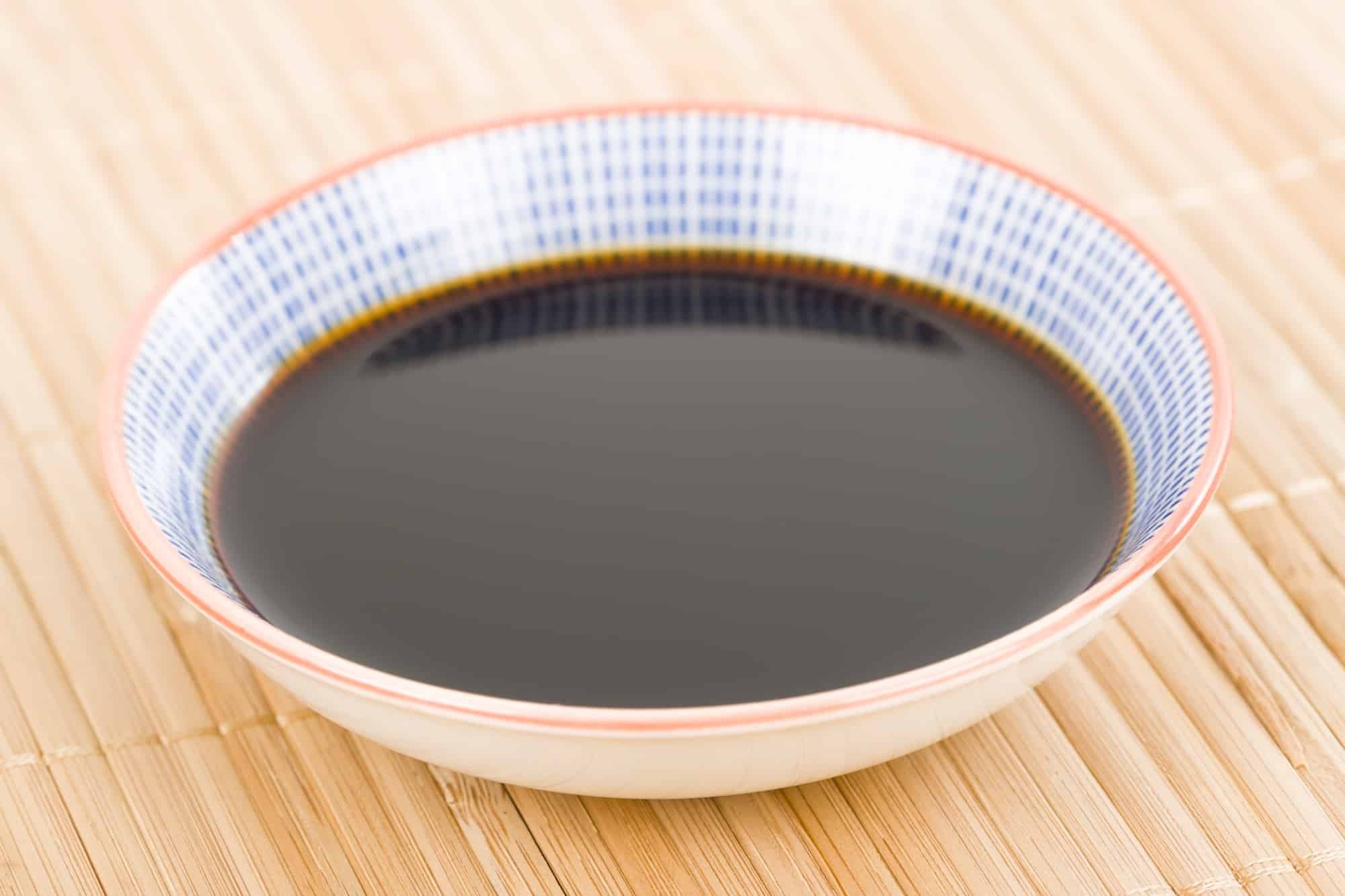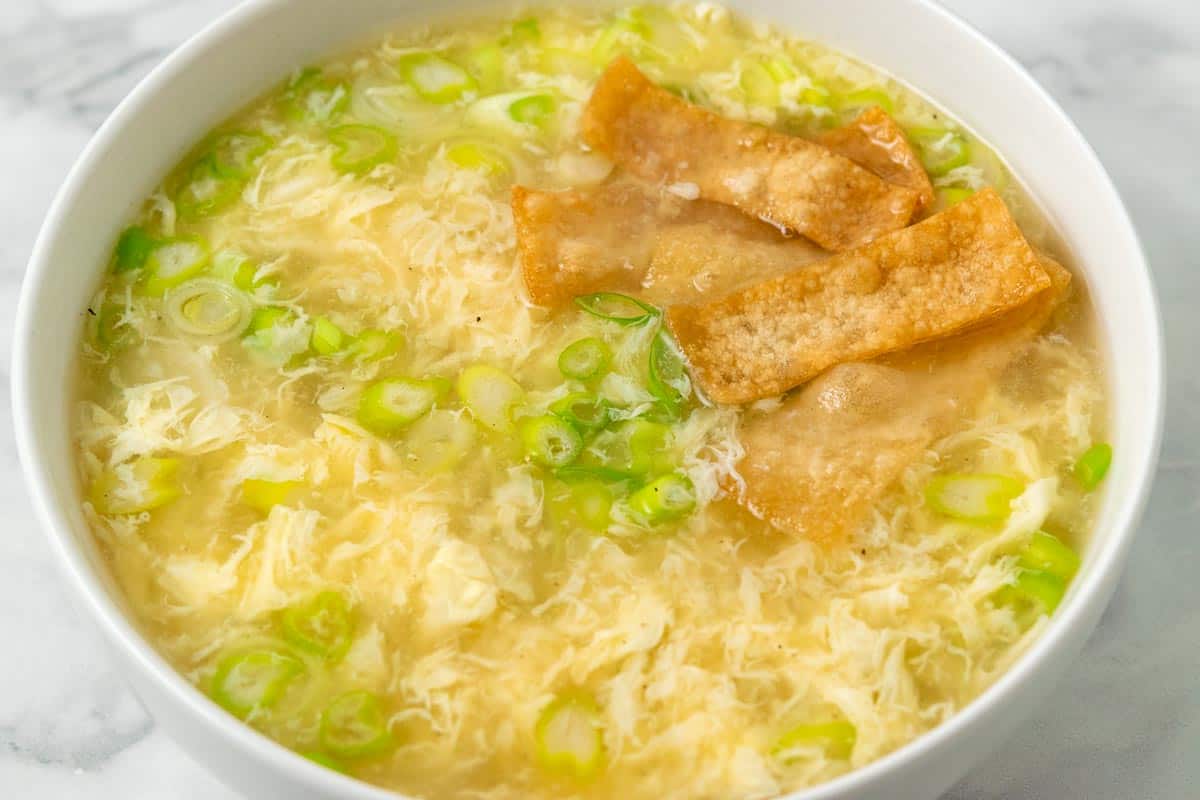Understanding Chives and Scallions
When it comes to cooking, herbs and spices play a crucial role in enhancing the flavor of dishes. Two popular ingredients that often cause confusion are chives and scallions. While they may look similar, there are distinct differences between the two that can impact the taste of your culinary creations. Let’s delve into the unique characteristics of chives and scallions to understand their differences.
Chives: Delicate and Flavorful
Chives are thin, delicate herbs that belong to the Allium schoenoprasum species. They are known for their mild, onion-like flavor with a subtle hint of garlic. These slender green herbs are typically used as a garnish due to their attractive appearance and mild taste. Chives are often incorporated into dishes to add a touch of freshness and color.
- Thin and delicate
- Mild, onion-like flavor with a hint of garlic
- Commonly used as a garnish
- Contributes freshness and color to dishes
Scallions: Versatile and Aromatic
Scallions, also known as green onions, are members of the Allium fistulosum species. Unlike chives, scallions have a more robust flavor with a pronounced onion taste. They are characterized by their long, green stalks and small white bulbs. Scallions are often used in a variety of culinary applications, including stir-fries, salads, and garnishes.
- Long green stalks with small white bulbs
- Robust onion flavor
- Versatile ingredient for stir-fries, salads, and garnishes
- Contributes a distinct aroma to dishes
Key Differences
While chives and scallions may appear similar at first glance, their differences become apparent when considering their flavor, appearance, and culinary uses. Here are the key distinctions between the two:
- Flavor: Chives have a mild, onion-like flavor with hints of garlic, while scallions offer a more robust and pronounced onion taste.
- Appearance: Chives are thin and delicate with a uniform green color, whereas scallions have long green stalks and small white bulbs.
- Culinary Uses: Chives are commonly used as a garnish to add freshness and color to dishes, while scallions are versatile and can be used in various cooking methods, including stir-fries and salads.
Conclusion
In summary, while chives and scallions both belong to the Allium family and share some similarities in appearance, their distinct flavors and culinary uses set them apart. Whether you’re looking to add a subtle touch of freshness with chives or incorporate a robust onion flavor with scallions, understanding the differences between these two ingredients can elevate your culinary skills and bring new dimensions to your dishes.
Next time you’re in the kitchen, consider experimenting with chives and scallions to explore the unique flavors and versatility they bring to your cooking endeavors.
Was this page helpful?
Read Next: What Is A Chicharrón











